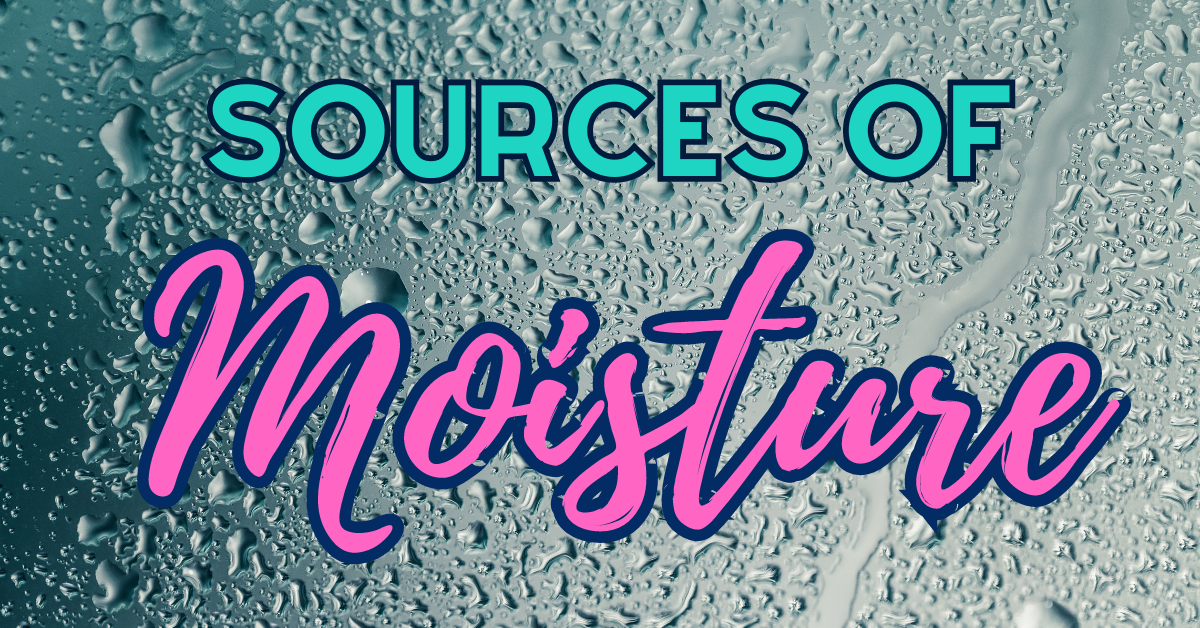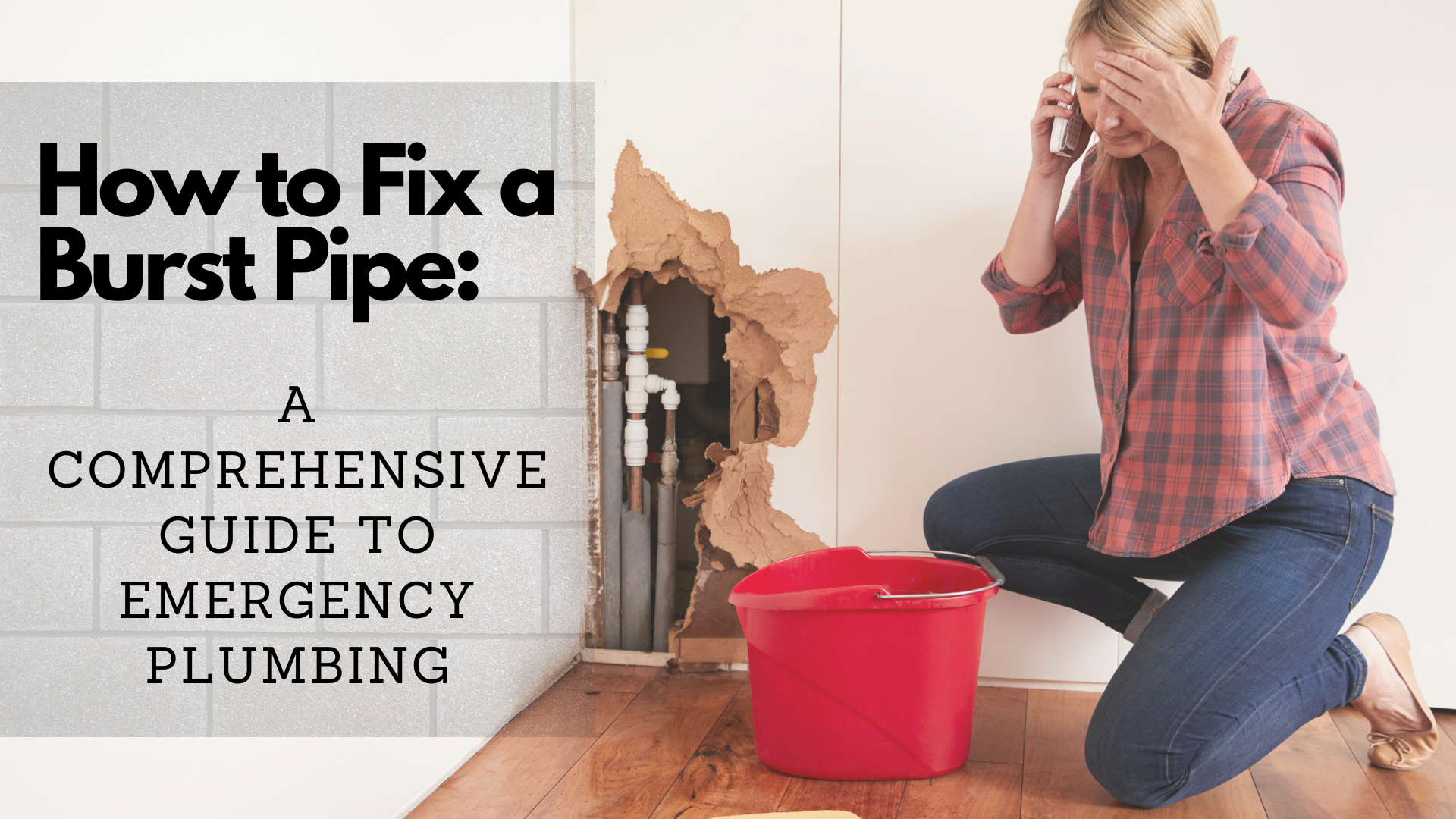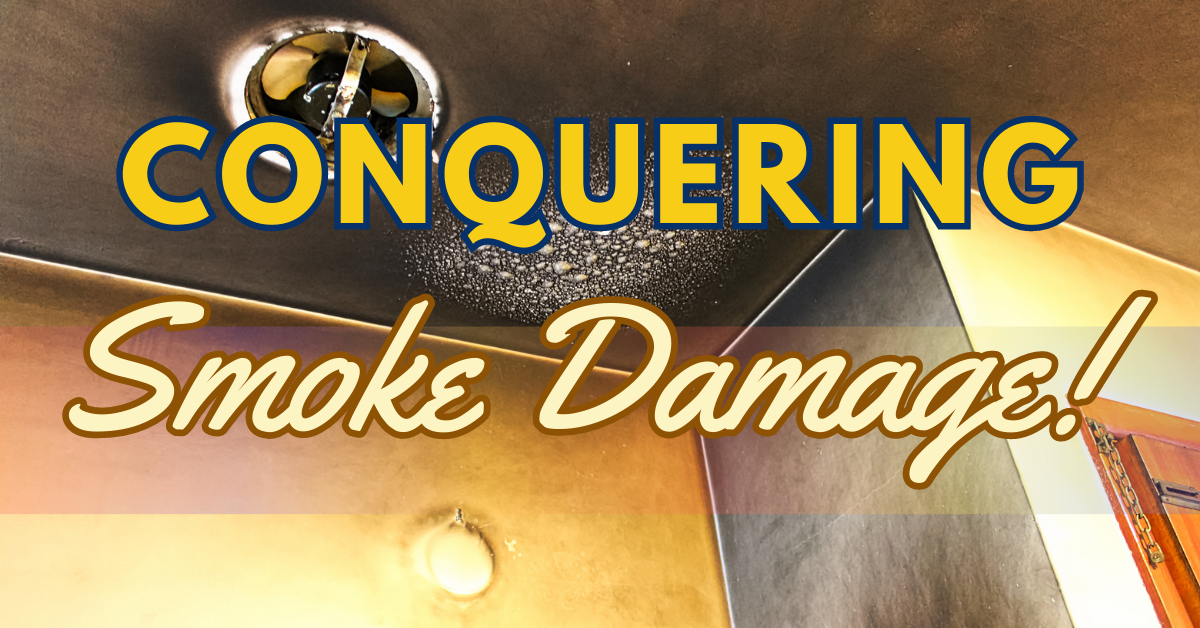 The damage that can be caused by water is so immense that you will never know if you are completely safe. Mold growth due to the different sources of moisture, for instance, is the most common damage that one may encounter after a water disaster.
The damage that can be caused by water is so immense that you will never know if you are completely safe. Mold growth due to the different sources of moisture, for instance, is the most common damage that one may encounter after a water disaster.
Whether it is your home or your business, there is only a small amount of preventative measures that you can take to protect your property. But if the time comes when you suffer major water damage the best thing you can do is call in for professional help.
Damage Caused by Water and Mold
Water can cause untold damage in great quantity. Is your home or business situated in such a way that the water will run away from the building rather than gather around it? If not during times of flooding you will have a major problem and even with normal amounts of rain, water will get into the building at some point.
Unfortunately, alongside water, there will be mold. The internal structure of your home or business was never intended to get wet and therefore has no protection from it. In damp conditions where there is a variety of sources of moisture, mold can form rapidly and there are even types of mold that eat away at wood and in time will ruin the building’s structural integrity.
Worst of all is when water gets in and remains there for a considerable time. The longer you leave water alone the more damage that will ensue. A professional water damage restoration company can not only asses the damage but can also restore the building to its former glory. Don’t leave it too long, the faster it is fixed the faster you can breathe easily.
Where Do Molds Come From?
Mold found indoors originates from outside sources. Mold spores can enter through open doors, windows, HVAC systems, and even cling onto clothing, animals, shoes, bags, and other objects. Inhaling small amounts of outdoor mold is usually harmless, but the situation can change indoors.
Moisture is the essential factor for mold to flourish and spread.
SOURCES OF MOISTURE
Molds thrive when sufficient moisture is present. Here are several areas that often become favorable sources of moisture:
- A humidifier that is not regularly cleaned and disinfected.
- Damp or poorly ventilated crawl spaces.
- Inadequate air circulation.
- Excessive condensation, particularly during winter, on surfaces with inadequate insulation.
- Water leaks.
- House plants and their leftover plant material.
- Steam is produced during cooking and showers.
- Wet clothes hung indoors to dry.
- Roofs with leaks.
When mold spores land on surfaces with excessive moisture, such as areas where roofs, pipes, walls, or plant pots have experienced leakage, or in places affected by flooding, the spores begin to grow and spread. Simply put, mold can be managed because we understand that it only thrives in the presence of moisture. By controlling moisture, you can prevent mold. Maintaining indoor humidity levels between 30% and 40% can help inhibit mold growth. If you discover mold, it is advisable to contact a reputable mold remediation company promptly to address the issue.
Want to Control Sources of Moisture? Seek Professional Help!
In conclusion, controlling sources of moisture in your home is crucial to preventing water damage and mold growth. However, even with the best prevention measures in place, accidents can still happen. If you ever find yourself dealing with water damage or mold growth after a water disaster, it’s important to act quickly and seek professional help.
Superior Restoration possesses the necessary know-how, tools, and skills to tackle various water damage restoration and mold remediation tasks. For quick and dependable aid, reach out to us today at https://superiorrestore.com/contact-us/. With our assistance, you can have peace of mind knowing that we will do our best to control the sources of moisture and that your home will be swiftly restored to a secure and healthy state.




